4 min read
How Far-UVC Continuously Decontaminates Hospital Environments
Emilie Hage Mogensen
:
11 Dec, 2024
.jpg)
136 million – about twice the population size of France – experience hospital-acquired infections (HAIs) worldwide each year, according to WHO. These infections can have devastating consequences for patients, particularly those already vulnerable due to other health conditions. They also significantly increase the economic burden on hospitals due to higher resource consumption and longer hospital stays. Maintaining exceptional cleanliness is essential to reducing this risk.
Incorporating Far-UVC technology is a modern and effective method for keeping hospitals cleaner. This innovative solution decontaminates both surfaces and the air, making it more difficult for pathogens to survive and spread.
The Importance of Reducing Infections in Hospitals
HAIs stem from pathogens flourishing in hospital environments. These pathogens include bacteria, viruses, and fungi that can spread through respiratory droplets, for example, from a sneeze, or through contact with contaminated surfaces.

In hospitals, reducing HAIs is a top priority. Patients come in for treatment, but if they catch an infection during their stay, it can worsen their health problems. This is why hospital administrators and healthcare workers work tirelessly to maintain a clean environment.
Safe practices, such as advanced decontamination methods, ensure hospitals can effectively manage the constant risk of pathogens. Controlling infections is key to running a successful healthcare facility.
How Far-UVC Continuously Decontaminates Hospital Environments

Far-UVC is a powerful tool for decontaminating hospital environments. This invisible light works by targeting and destroying the DNA and RNA of pathogens, preventing them from multiplying.
Once exposed to Far-UVC, viruses and bacteria lose their ability to reproduce, meaning they cannot spread.
While harmful to pathogens, Far-UVC is safe for patients and staff in occupied locations when used within regulatory limits. This is one of its greatest advantages: it works continuously, both in empty and occupied spaces.
Once installed, it keeps decontaminating surfaces and the air, even with people in the room.
This feature is crucial in hospitals, where patients and staff are almost always present. Therefore, unlike traditional cleaning, which is performed at intervals, Far-UVC provides continuous protection against pathogens.
Steps to Implement Far-UVC Light in Hospital Settings
Implementing Far-UVC in hospitals is straightforward but requires planning. Here are the steps to ensure smooth integration:
-
Assess the Hospital Areas
Identify high-risk areas for pathogen spread, such as operating rooms, intensive care units (ICUs), and waiting areas. -
Choose the Right Far-UVC Light Solution
Select the appropriate type and number of Far-UVC devices based on the size and needs of each area. Ensure the devices meet the hospital's safety and coverage requirements. -
Far-UVC Installation
Engage a professional team to install the Far-UVC systems. Proper installation ensures the lights are effective and cover all necessary areas. Devices should be positioned to maximize coverage without leaving any spots unprotected. -
Set Up Continuous Operation
Configure the Far-UVC devices to operate continuously, especially in areas with frequent human activity. This constant operation helps keep surfaces and air decontaminated at all times
-
Monitor and Maintain
Regularly check the Far-UVC systems to ensure proper functioning. Maintenance requirements are minimal.
Following these steps ensures hospitals can effectively integrate Far-UVC into their infection control protocols, providing a safer environment for patients and staff.
Key Benefits of Using Far-UVC Light for Infection Control
Using Far-UVC light in hospitals offers several important benefits:
-
Continuous Decontamination
Far-UVC operates around the clock to decontaminate surfaces and the air, drastically reducing the presence of active pathogens. -
Safe For Use in Occupied Spaces
Far-UVC at 222 nm is safe for human exposure within regulatory limits, enabling use in occupied spaces. This allows for uninterrupted protection -
Reduces Bioburden
By effectively targeting and neutralizing pathogens, Far-UVC helps lower the bioburden in hospital settings. -
Saves Time and Resources:
Far-UVC systems require minimal maintenance once installed, offering an additional layer of protection against pathogens.
Conclusion
Reducing HAIs is crucial for patient safety and healthcare efficiency. Hospitals must be kept clean in adherence to stringent hygiene protocols.
Far-UVC provides an effective, continuous, and safe method for decontaminating hospital environments. This technology helps reduce hospital bioburden and offers a valuable addition to stringent hygiene protocols.
Implementing Far-UVC involves simple steps, including assessing hospital areas, selecting the right solution, and ensuring proper installation. Continuous air and surface decontamination in occupied spaces can significantly enhance hospital hygiene.
For more information on how our Far-UVC solutions can improve hospital hygiene, contact UV Medico today.
Frequently Asked Questions About Far-UVC and Infections in Hospitals
-
How common are infections in hospitals?
According to the World Health Organization, HAIs affect an average of 1 in every 10 patients. This number can be higher in patients in care units and low-middle-income countries.
-
What are the financial and health impacts of HAIs?
According to the Global Report on Infection Prevention and Control 2024, every year, 136 million antibiotic-resistant HAIs occur.
infection prevention and control (IPC) interventions can save up to US$ 112 billion annually in health-care costs and generate up to US$ 124 billion in economic gains.
-
Does Far-UVC save hospitals money by reducing infection rates?
A study examining the impact of UVC light for disinfection in hospitals found that hospital-acquired infections (HAIs) decreased by almost 20%, leading to cost savings exceeding $1.21 million over a year.
Read more on how Far-UVC makes healthcare more sustainable here
-
Is Far-UVC environmentally friendly compared to chemical disinfectants?
Far-UVC light serves as a non-chemical disinfection method, eliminating the reliance on chemical agents that may pose risks to both human health and the environment. Additionally, once installed, Far-UVC light can be continuously utilized in spaces where people are present. This is in contrast to chemical disinfectants, which generally require manual application, a period to take effect, and sometimes even active removal.
Chemical disinfectants can also harm the environment, such as by polluting waterways. Therefore, by minimizing the use of harsh chemicals, Far-UVC technology can positively impact both health and the environment.
-
How does Far-UVC improve infection control in hospitals?
Far-UVC light works continuously to inactivate bacteria, viruses, and fungi on surfaces and in the air. Unlike traditional UVC, it is safe for human exposure when used at 222 nm, allowing it to operate in occupied spaces. This makes Far-UVC an effective tool for reducing hospital-acquired infections (HAIs) without interrupting daily operations. By providing constant disinfection, it ensures a cleaner and safer environment for patients and healthcare workers.
-
Can Far-UVC be used in all areas of a hospital?
Yes, Far-UVC technology can be installed in various hospital areas, including operating rooms, patient rooms, waiting areas, and high-traffic zones. Its safety profile at 222 nm allows it to operate continuously in occupied spaces, making it versatile for maintaining cleanliness throughout healthcare facilities.
 UV222™
UV222™ UV222 Linear
UV222 Linear UV222 Downlight
UV222 Downlight Vertex 222
Vertex 222.png) UV222 Pendant
UV222 Pendant.png) UV222 Booth
UV222 Booth.png) UV222 Step-On
UV222 Step-On.png) UV222 Cleanroom Downlight
UV222 Cleanroom Downlight UV222 Dual Downlight 60x60
UV222 Dual Downlight 60x60 UV222 Material Airlock
UV222 Material Airlock UV222 Ambulance
UV222 Ambulance UV222 Compact
UV222 Compact UV222 Industrial
UV222 Industrial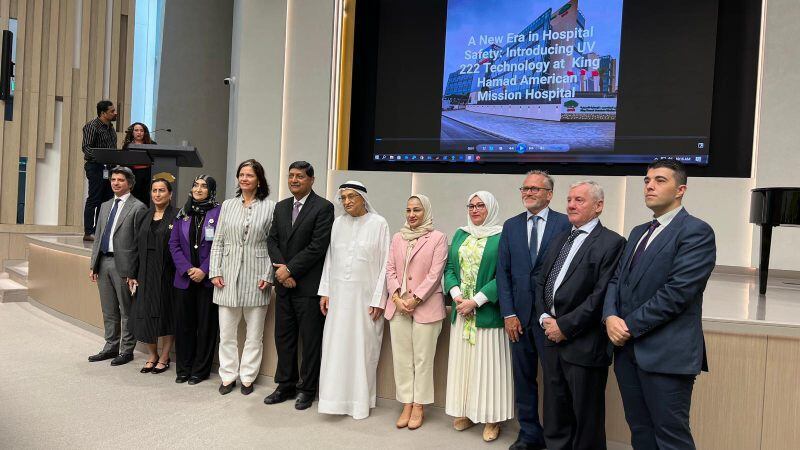
.jpg)
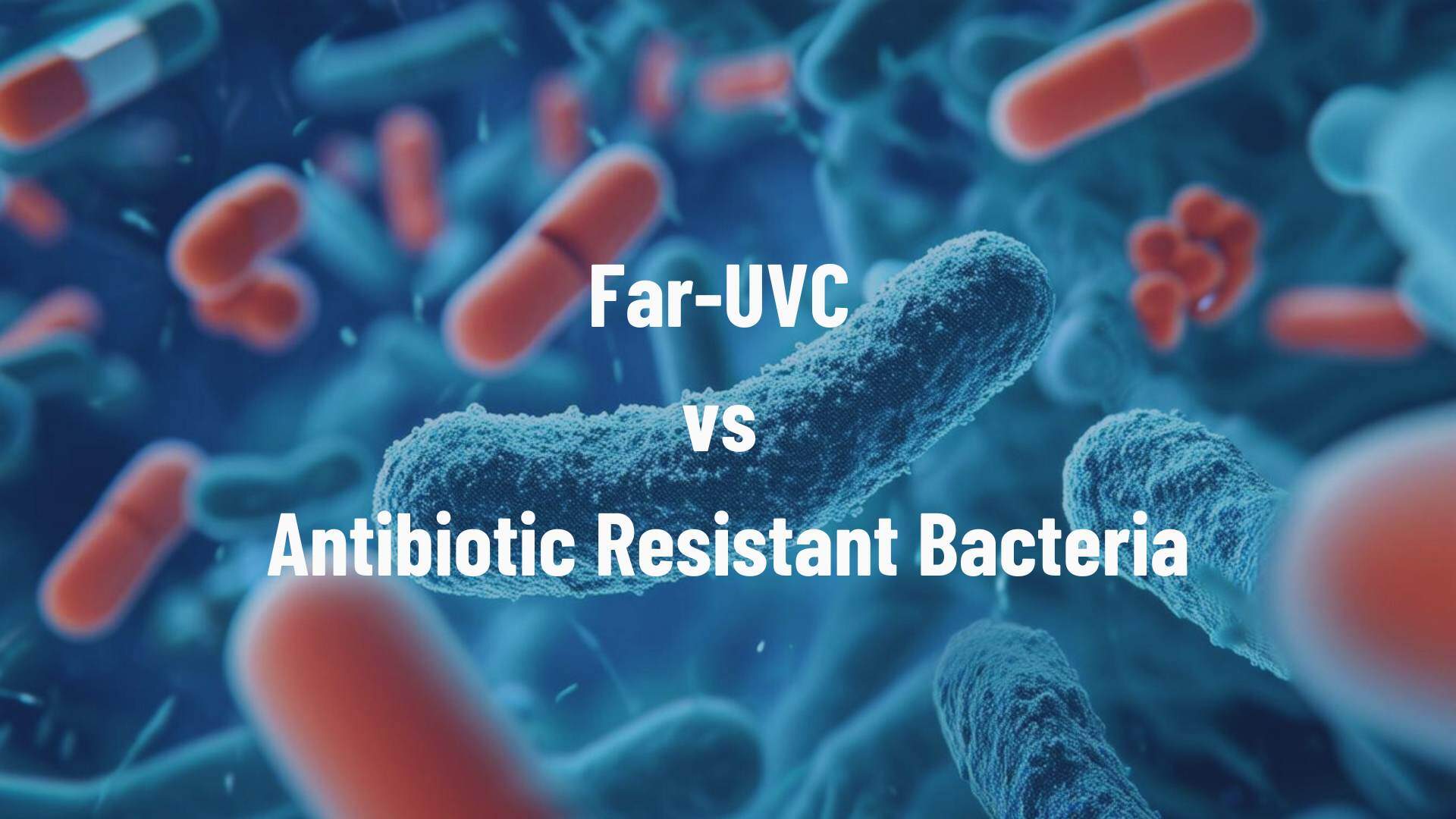
.jpg)
.jpg)
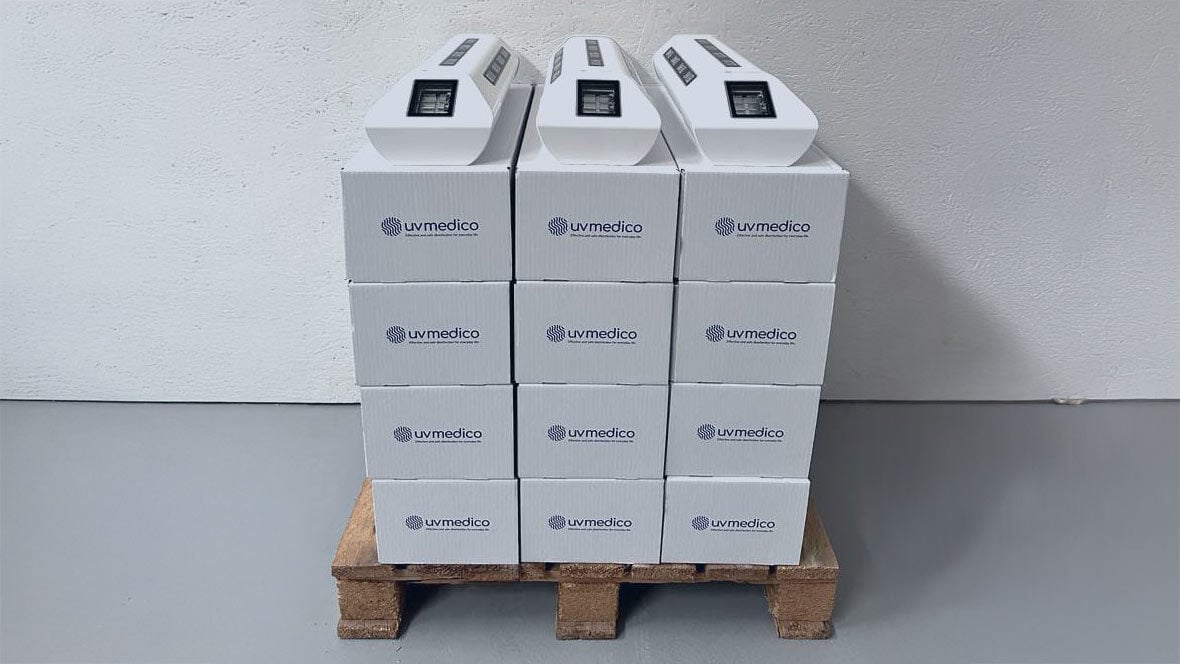
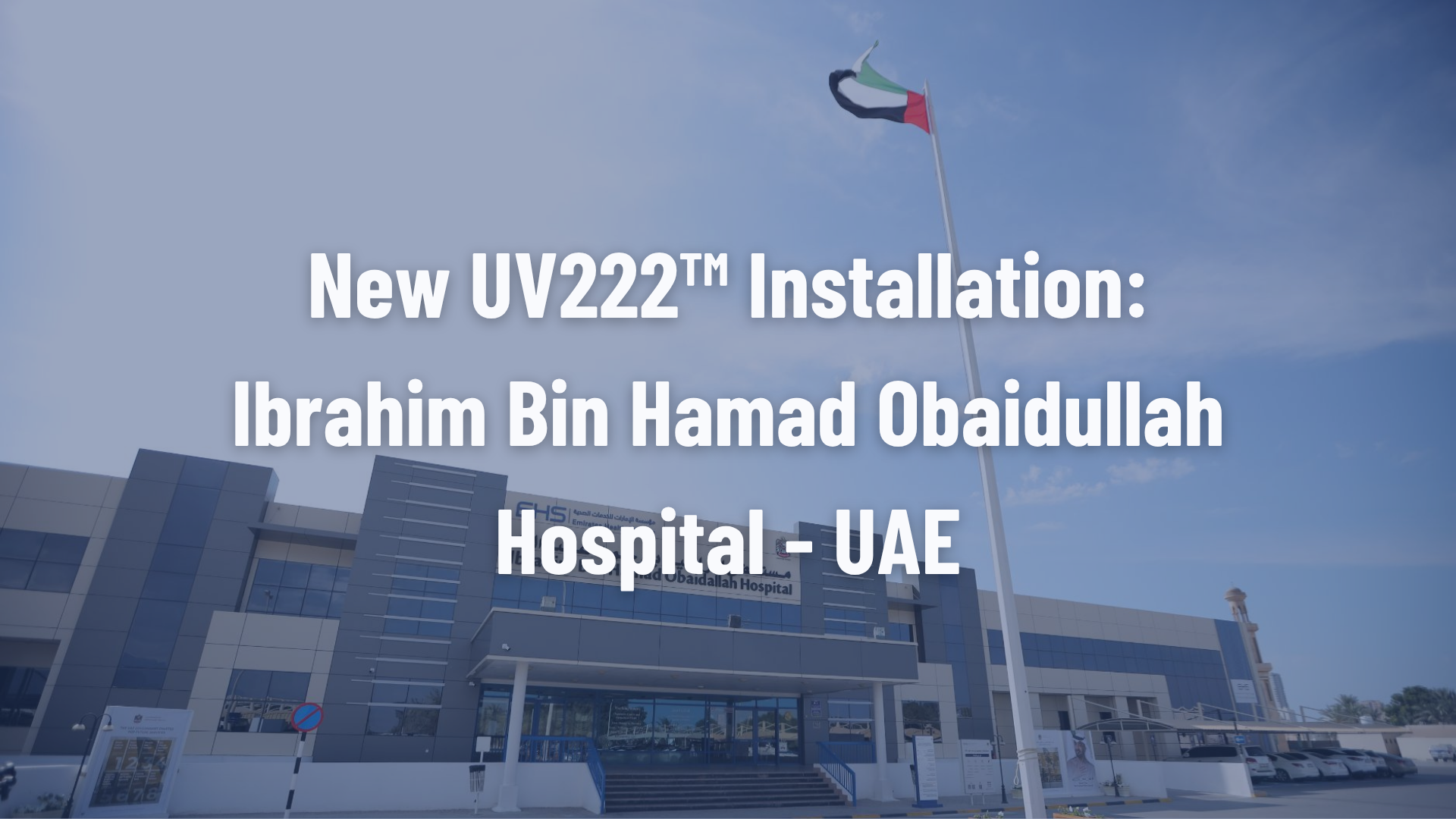
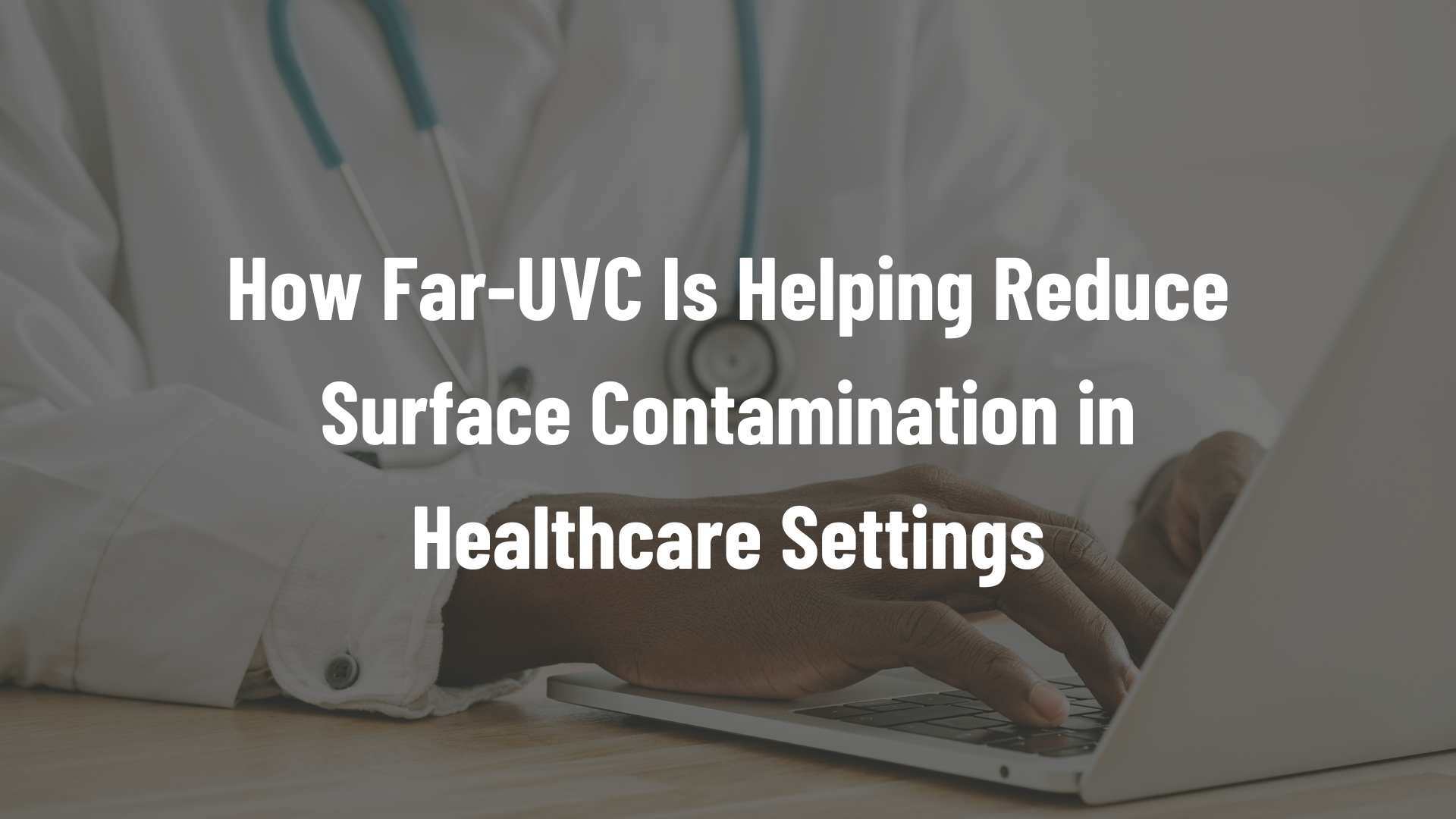
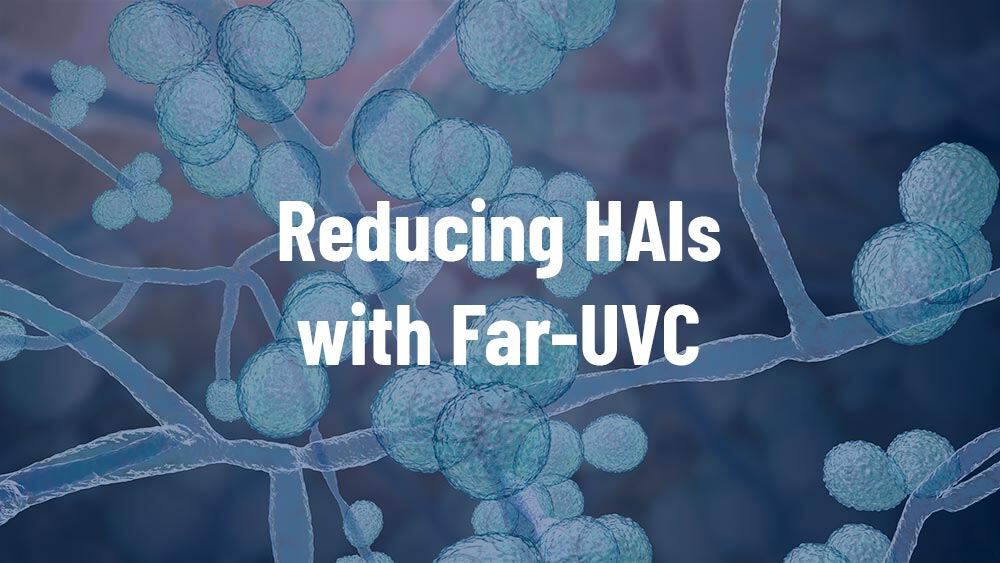
%20(3)%20(2).png)